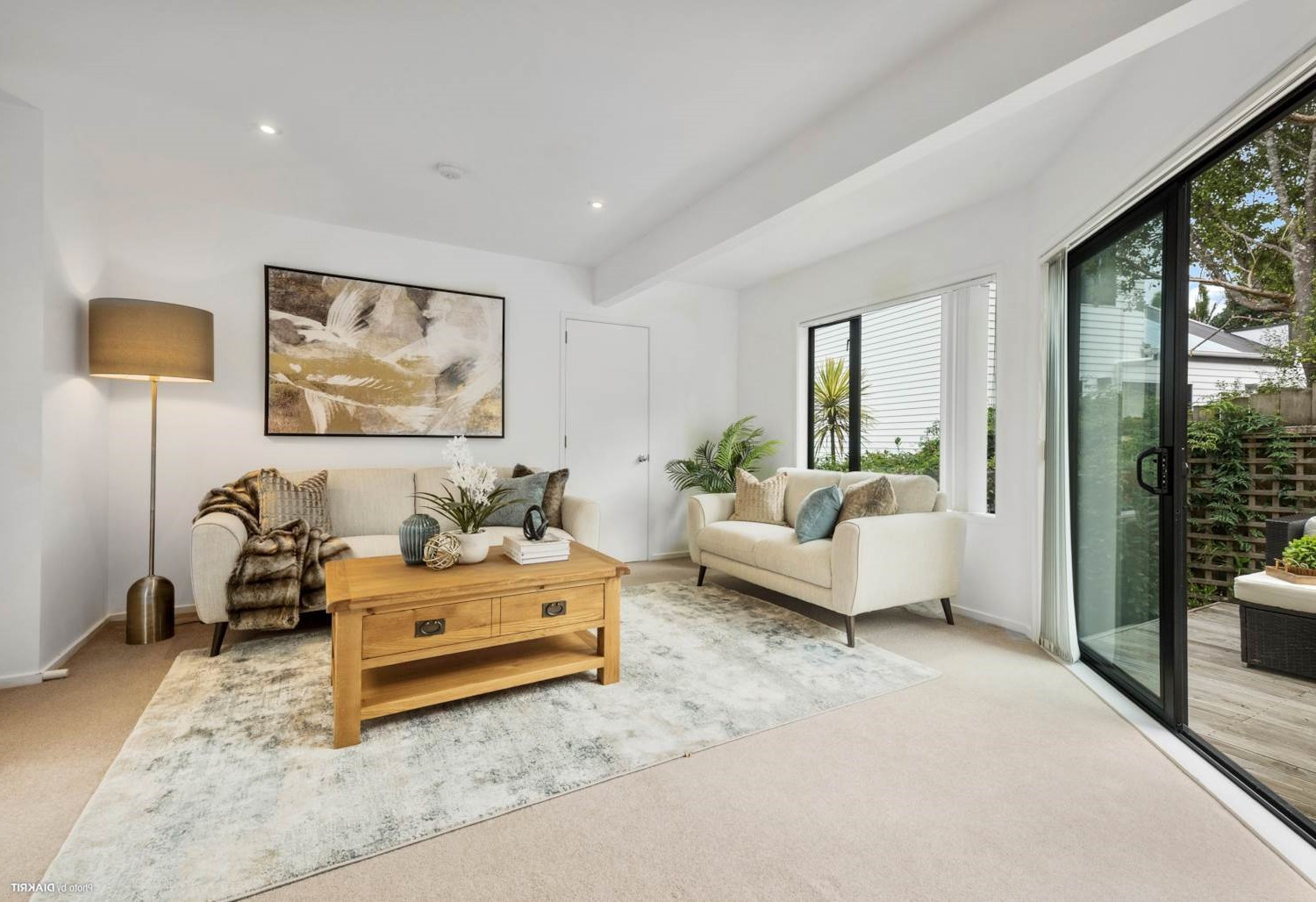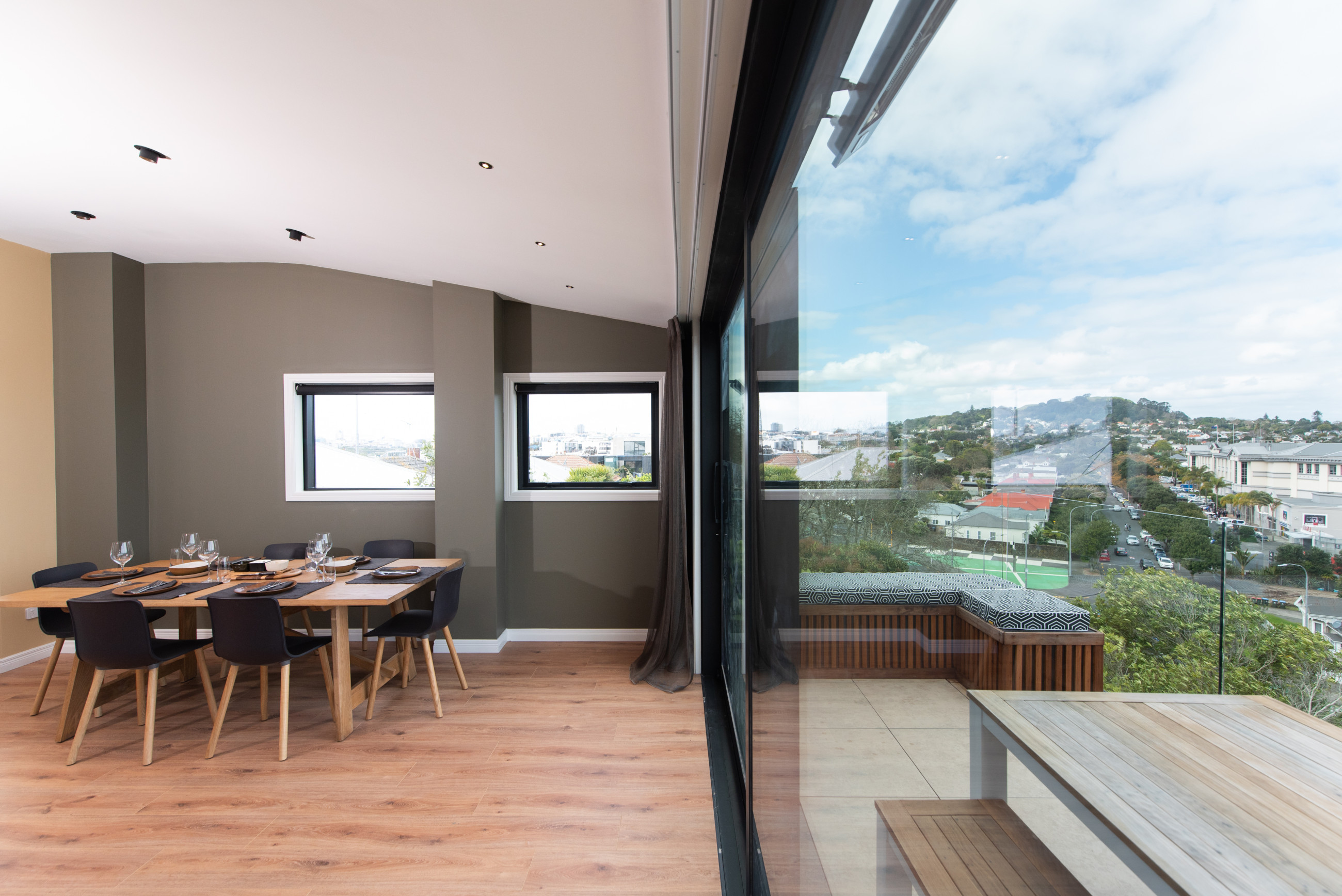
What is Low E Glass
Low E Glass: What is it and how does it contribute to window energy efficiency?
In the world of modern home architecture and energy-efficient design, Low E glass has become a prominent feature. This innovative Low E double glazing technology has revolutionised the way we approach window performance.
In New Zealand, to meet the H1 building code's energy efficiency updates, most regions are required to use Low E glass in window construction for new builds to achieve compliance. The H1 building code changes do not apply to retrofit double glazing, but using Low E glass when considering double glazing will help achieve good thermal performance results.

Low E glass explained
Low E, short for Low Emissivity, refers to a type of glass that has an ultra-thin, transparent coating applied to its surface. This coating is designed to significantly reduce the amount of infrared heat transmitted through the glass, while still allowing visible light to transmit. The primary purpose of Low E glass is to improve energy efficiency and enhance indoor living comforts.
Read why Low E Double Glazing is good for your home.
Click below to view how Low E works

Advantages of Low E glass: What makes Low E double glazing a compelling choice?
There are several reasons why one might choose Low E glass for their windows or doors:
Enhances the energy efficiency of your home
One of the significant benefits of Low E glass is its ability to reduce heat transfer. The low emissivity coating reflects heat back inside during cold weather, keeping the indoor spaces warmer and reducing the need for heating appliances. Similarly, during hot summers, with using the right Low E double glazing solution for solar control will help reflect a portion of the sun's heat, reducing it from entering inside and reducing the reliance on air conditioning.
Warmer home in winter
Using Low E double glazing can help keep the heat in your home, meaning less use of heating systems. This helps reduce energy consumption and you save on your power bills.
Cooler home in summer
Using solar control Low E or tinted glass these can help reduce solar heat gain keeping your home cooler in summer. They can also reduce the amount of rays coming through protecting your furnishings too.
Reducing condensation on doors and windows
Internal condensation on windows has the potential to adversely affect health through the growth of mould and mildew, as this could lead to respiratory issues such as asthma.
Double glazing reduces heat loss to the exteriors, keeping the interiors and internal glass surfaces warmer compared to single glass. A combination of warmer interiors and warmer internal glass surfaces reduces the likelihood of internal condensation forming. It is also important to have good ventilation in a home to further reduce the chance.
Noise reduction
With the addition of laminate in the double glazing can help reduce outside noise, making it a great investment for those who live by a busy road. It is also recommended that a sound engineer is consulted for optimal results.
Enhanced Comfort
Using Low E double glazing to reduce heat gain or loss, creates more comfortable living and working environments year-round. It helps to maintain consistent indoor temperatures, reducing the need for constant adjustments to heating or cooling systems.
Natural Light
Kiwis love natural light, and with the right Low E double glazing can allow visible light to pass through effectively, maintaining a bright and well-lit interior space without sacrificing energy performance.
Safety and security
Where required, safety glass should be automatically upgraded to be compliant with the NZ Building Code. A double-glazed window or door adds a layer of security to a home. This makes the home more difficult to break into, especially if the double glazed unit includes a laminated pane.
Privacy at home
Depending on the level of privacy required. There are various options of patterned, obscured/frosted, tinted and reflective glass to suit each style.
Contact your nearest branch in your area to learn more about Low E Glass.
Application of Low E glass
Low E glass can be utilised in various architectural settings, including but not limited to residential homes, apartments, commercial buildings, schools or retirement villages. It's offered in various compositions tailored to specific performance objectives. Low E double glazing is also available for windows or doors with a cut out for pet doors.
View more detailed benefits of low E double glazing and their performance attributes here.
Read more blogs
Winter promo is on now use promo code WINTER2024! We have two deals - you choose! Get a discount or a bonus performance glass upgrade. Plus all accepted quotes from now until the 31st Aug go into the draw for a chance to win a $5,000 Travel voucher. Request a free quote here. Terms apply.


